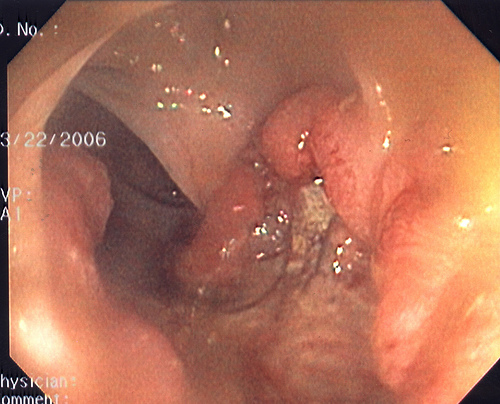
Facts, Symptoms And Treatments of Thyroid Cancer
Although thyroid cancer is rare, compared to other cancers in the USA, there are about 20,000 new patients diagnosed annually. being the most common of the endocrine related cancers, the prognosis for the patients diagnosed with it is usually excellent.
Unfortunately most thyroid cancers do not cause any symptoms. the major symptom is a lump or nodule in the throat. Patients may come to their physician with complaints of neck, jaw or ear pain and a nodule may be discovered then. Patients may have difficulty swallowing, a “tickle in the throat” or shortness of breath if the cancer is large enough to be pressing on the windpipe. Hoarseness of the voice can occurs if the the disease starts irritating the nerve in the voice box.
There are four types of thyroid cancer, Papillary, Follicular, Medullary and Anaplastic. each of these types have specific characteristics. Papillary is the most common type making up 70 to 80% of thyroid cancers. Occurring at any age it begins in the papillary cells. This type tends to grow slowly and if it spreads it will spread to the lymph nodes in the neck. When a patient is diagnosed with papillary cancer in the early stages, they can be cured.
The second type is follicular cancer. This type occurs in the the follicular cells and if it spreads will grow into the lymph nodes. This cancer makes up 10 to 15% of thyroid cancers and is diagnosed in older patients. because it grows slowly, if it is detected early it can be cured.
The third type is medullary cancer. This one begins in the C cells. making up 5 to 10% of thyroid cancers this type is usually associated with other endocrine problems. unlike the first two this type can be diagnosed by genetic testing of the blood cells. It is easier to control if found early and is treated before it spreads.
The fourth type is anaplastic cancer. This type makes up 2 to 5% of thyroid cancers making it the most rare. It begins in the follicular cells and it grows and spreads fast. Anaplastic cancer is usually found in patients that are over 45 years of age. unlike the previous three types this type is very hard to control.
There are two treatments for patients diagnosed with thyroid cancer. Surgery is the primary form of treatment for all types of this disease. if the cancer is small, the removal of the entire thyroid gland can be the cure. the second treatment is radioactive iodine therapy (RAI treatment). because of this type of treatment the prognosis is of papillary and follicular cancers is excellent. after surgery the radioactive iodine when administered to patients seeks and destroys remaining cancerous cells without any or little damage to other tissues.
Once treated and even diagnosed as “cured” patients will be asked to return for examinations of the neck. Blood work will be done to measure the T4 and TSH, as well as the thyroglobulin levels. Physicians may also repeat whole-body iodine scans to determine if there are any thyroid cancer cells remaining.
The prognosis of thyroid cancer is very good especially in younger patients. if the disease is confined to the thyroid gland and surgery is done the outcome is excellent. even though the prognosis of patients diagnosed over 40 years of age is not as good, with treatment they feel well despite their condition and are able to live a long time.
More information about my journey with thyroid cancer can be found at fucoidanforhealth.com/
I was diagnosed with thyroid cancer in 1997. I have journeyed through the diagnosis, treatment and now continuing living with the disease.
¿Qué es el cáncer?
Related Articles
- Breast inflammation is key to cancer growth | Machines like Us
- Improving cancer vaccines | Machines like Us
- New combo lung cancer therapy improves survival over single-line …
Share and Enjoy: